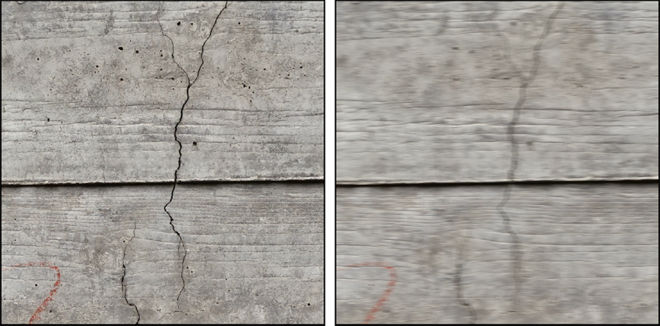Sharp - Image Sharpness Assessment for Non-stationary Image Acquisition Platforms (SoSe 2022)

The relevance of non-stationary platforms for image acquisition -- such as mobile phones or drones -- is steadily increasing for a variety of applications. The resolution (closely related to image sharpness) achievable for certain camera configurations and acquisition distances was theoretically answered with reference to the pinhole camera model. The practically obtained resolution may, however, be distinctly worse than the theoretically possible one. Factors like (motion) blur, out of focus, noise, and improper camera parameters can impede the image quality.
In this project, the practical resolution will be measured by means of a Siemens star. The goal is to implement a robust detection pipeline, that automatically triggers a camera, transfers the image, detects the Siemens star, measures the ellipse of blur, and estimates the deviation of theoretical and practical resolution. The implementation will be deployed on the Nvidia Jetson Nano platform using e.g. the robot operating system (ROS). By linking sensory information from Jetson Nano with the estimated image resolution, it, finally, is possible to analyze and quantify the deteriorating effects of motion during acquisition.
The project offers an interesting entry point into computer vision. You will learn the fundamental practical tools in computer vision, such as Python, OpenCV, gPhoto, Git, etc. Moreover, you will learn how to use and configure a real camera in order to take real images. Beside the basics, it will be possible to explore into areas such as artificial neural network or data analytics, if it benefits the project goal.
The project is managed via the Moodle room.
